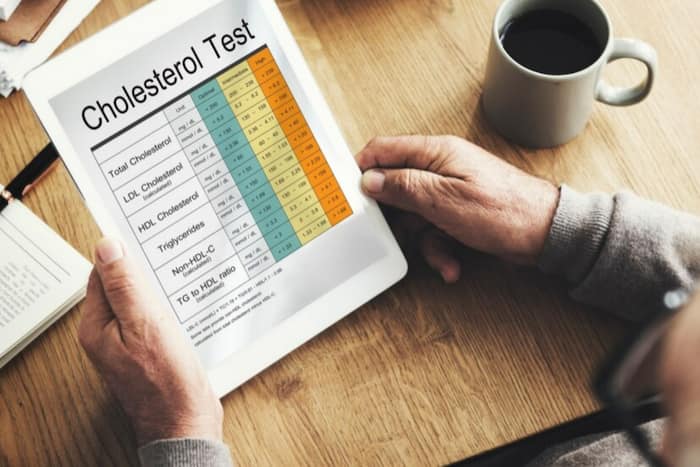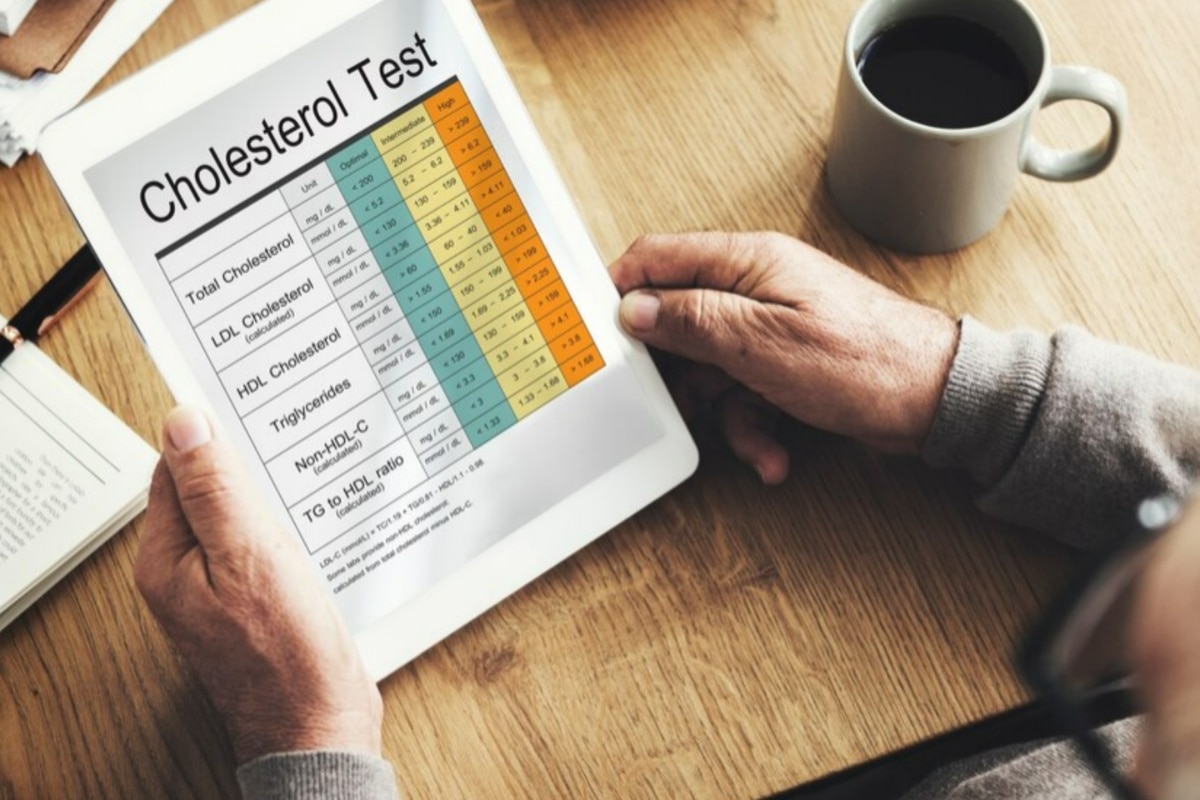The Cardiological Society of India, for the time ever, has released a set of guidelines for cholesterol management.

The Cardiological Society of India (CSI) on Thursday unveiled the first-ever Indian guidelines for dyslipidemia management, a critical risk factor for cardiovascular and peripheral artery diseases. This initiative will help in addressing the unique challenges and variations in dyslipidemia prevalence across the nation by incorporating extensive data.
Dyslipidemia, characterised by high total cholesterol, elevated LDL-cholesterol (bad cholesterol), high triglycerides, and low HDL-cholesterol (good cholesterol), is a critical risk factor for cardiovascular diseases such as heart attacks, strokes, and peripheral artery disease.
Dyslipidemia is also regarded as “silent killer” as it has no symptoms and majorly risk a person for heart attack, stroke, peripheral artery disease etc.
Introducing some major changes, the new guidelines recommend that the main focus should be LDL-Cholesterol — also known as bad cholesterol — that contributes to plaque build-up in arteries but for patients with high triglycerides, non-HDL cholesterol should be the focus.
New Guidelines For Lipid Profile
- Moving away from traditional fasting measurements and taking up non-fasting lipid measurements to estimate the risk and treatment.
- The guidelines advise to avoid food choices consisting of high sugar and carbohydrate levels, as they majorly contribute to blockages in comparison to consumption of modest fat.
- People, who have had recurring vascular issues like atherosclerosis or peripheral artery disease within a period of two years, are at an extremely risk of high disease, the guidelines said.
- minimum level of cholesterol should be less than 100 mg/DL (milligrams of sugar per decilitre).
Individuals at a high risk of dyslipidemia should try to maintain a lipid profile of less than LDL-cholesterol 70 mg/DL.

